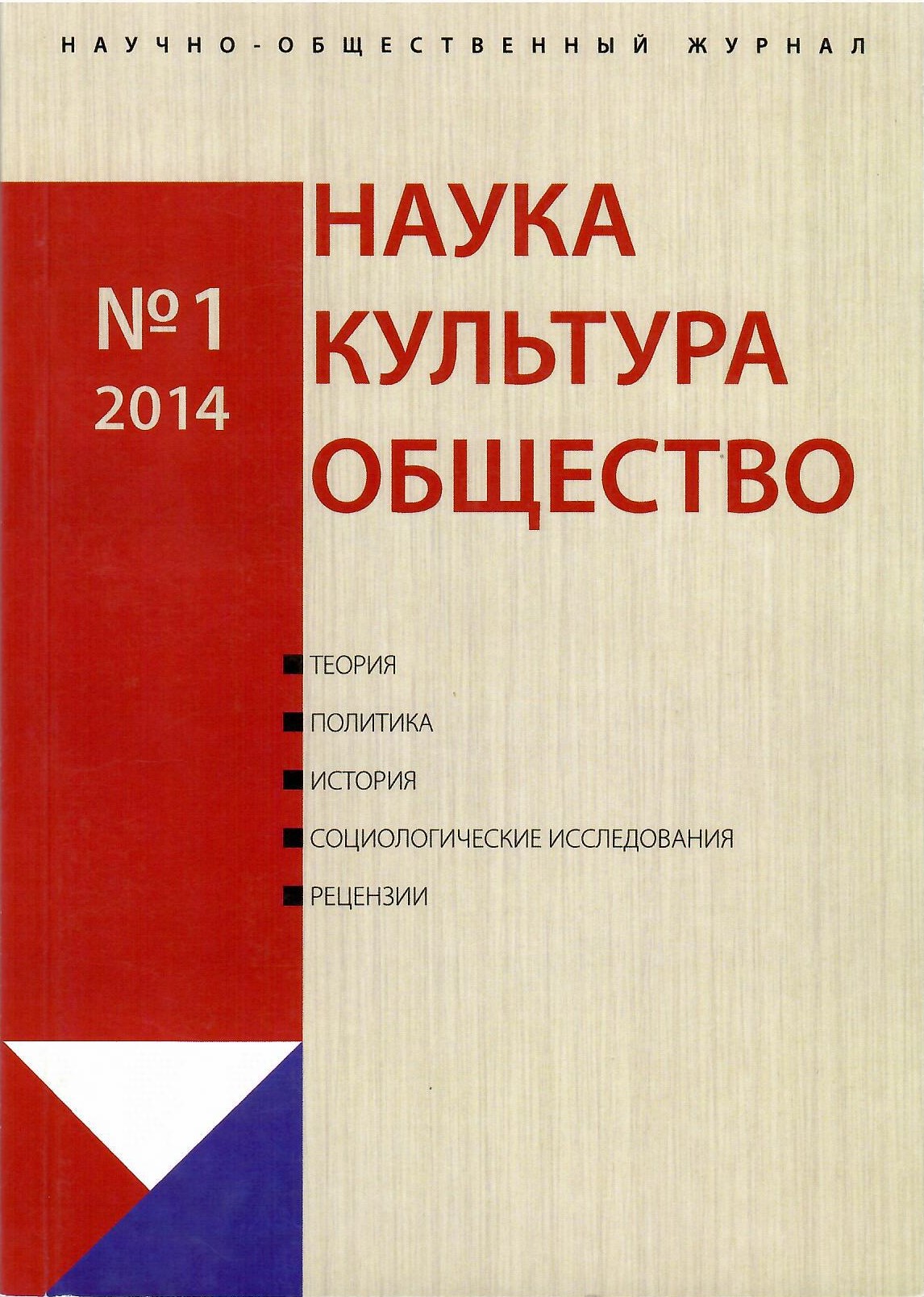Художественная элита императорской России и власть: сотрудничество или противостояние
Научная статья
Для цитирования
Большаков В. И. Художественная элита императорской России и власть: сотрудничество или противостояние // Наука. Культура. Общество. 2014. Том 20. № 1. С. 73-88. EDN: MQJSFX
Аннотация
Если окинуть мысленным взором путь, пройденный исторической живописью до революционных бурь 1917 года, поражает изменение художественного языка, различие в понимании композиции, рисунка, колорита, света, тени и т. п. Необыкновенно разнообразен этот путь и, если в начале XVIII столетия, когда в России только еще начинало складываться жанровое многообразие, историческим называли некий почти универсальный жанр, включавший в себя батальные, религиозные, мифологические и аллегорические композиции, и очень редко — собственно исторические, то дальнейшее размежевание внутри исторической живописи приводит к тому, что во второй половине века возникают как самостоятельные ветви историко-бытовая картина, исторический пейзаж и исторический портрет. Абсолютно четкого разграничения здесь, естественно, не могло быть. Взаимовлияние и взаимопроникновение было столь велико, что порою, особенно в конце века, бывает трудно отнести картину к точно обозначенной разновидности исторической живописи, но в целом именно эти направления определяли гражданскую позицию живописцев того времени.
Ключевые слова:
художественная элита, гражданская позиция, историческая живопись, светская живопись, социальный конфликт в живописи
Форматы цитирования
Другие форматы цитирования:
APA
Большаков, В. И. (2014). Художественная элита императорской России и власть: сотрудничество или противостояние. Наука. Культура. Общество, 20(1), 73-88. извлечено от https://www.journal-scs.ru/index.php/scs/article/view/545
Раздел
История



.jpg)



